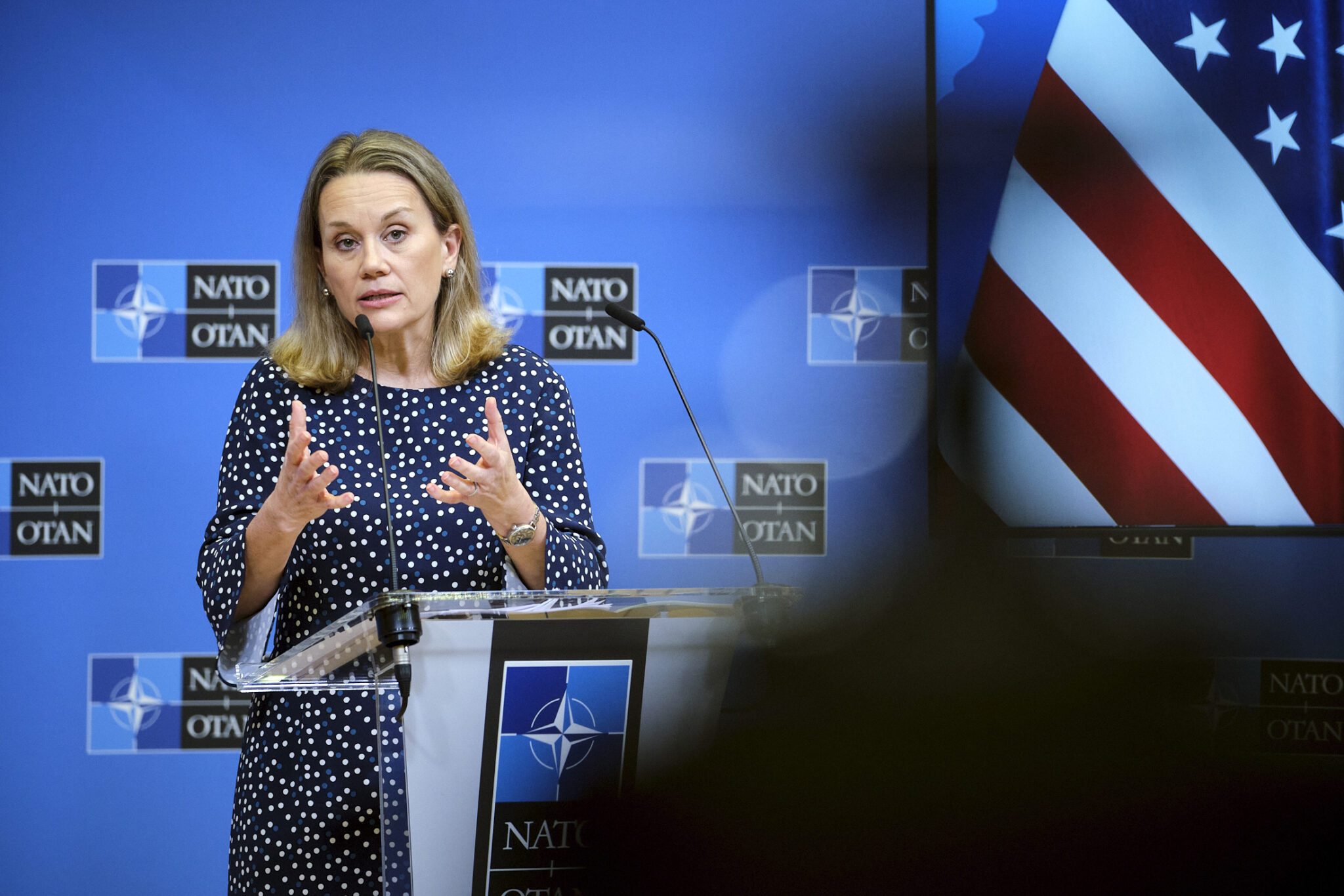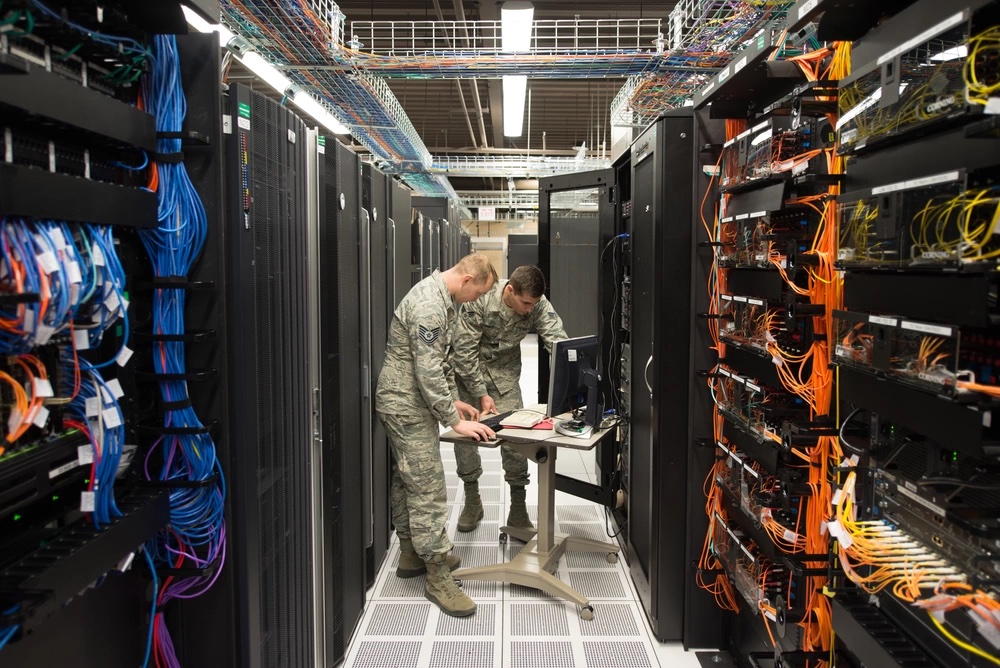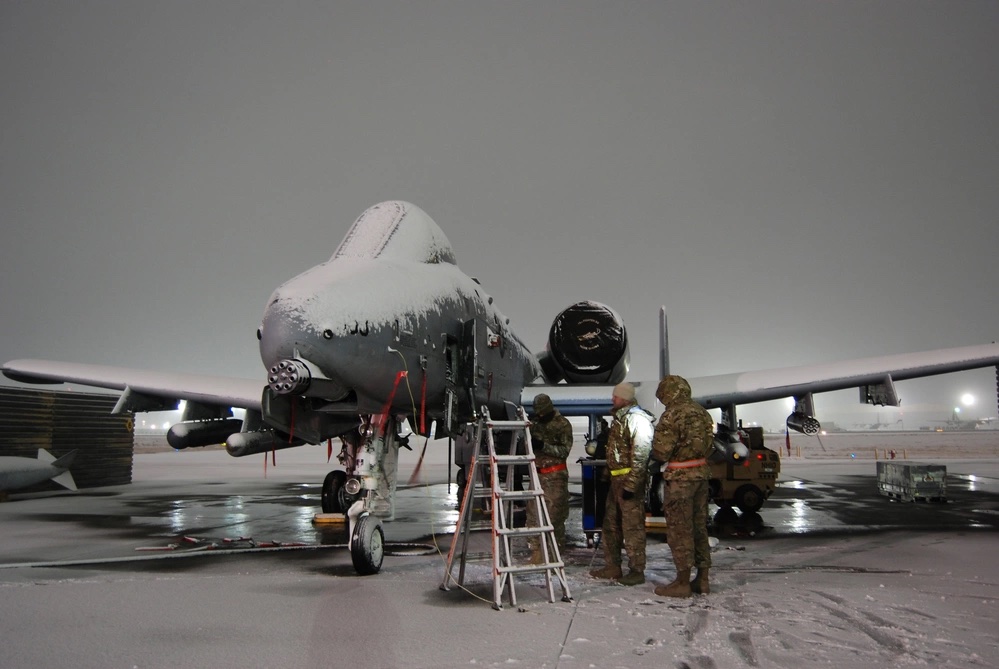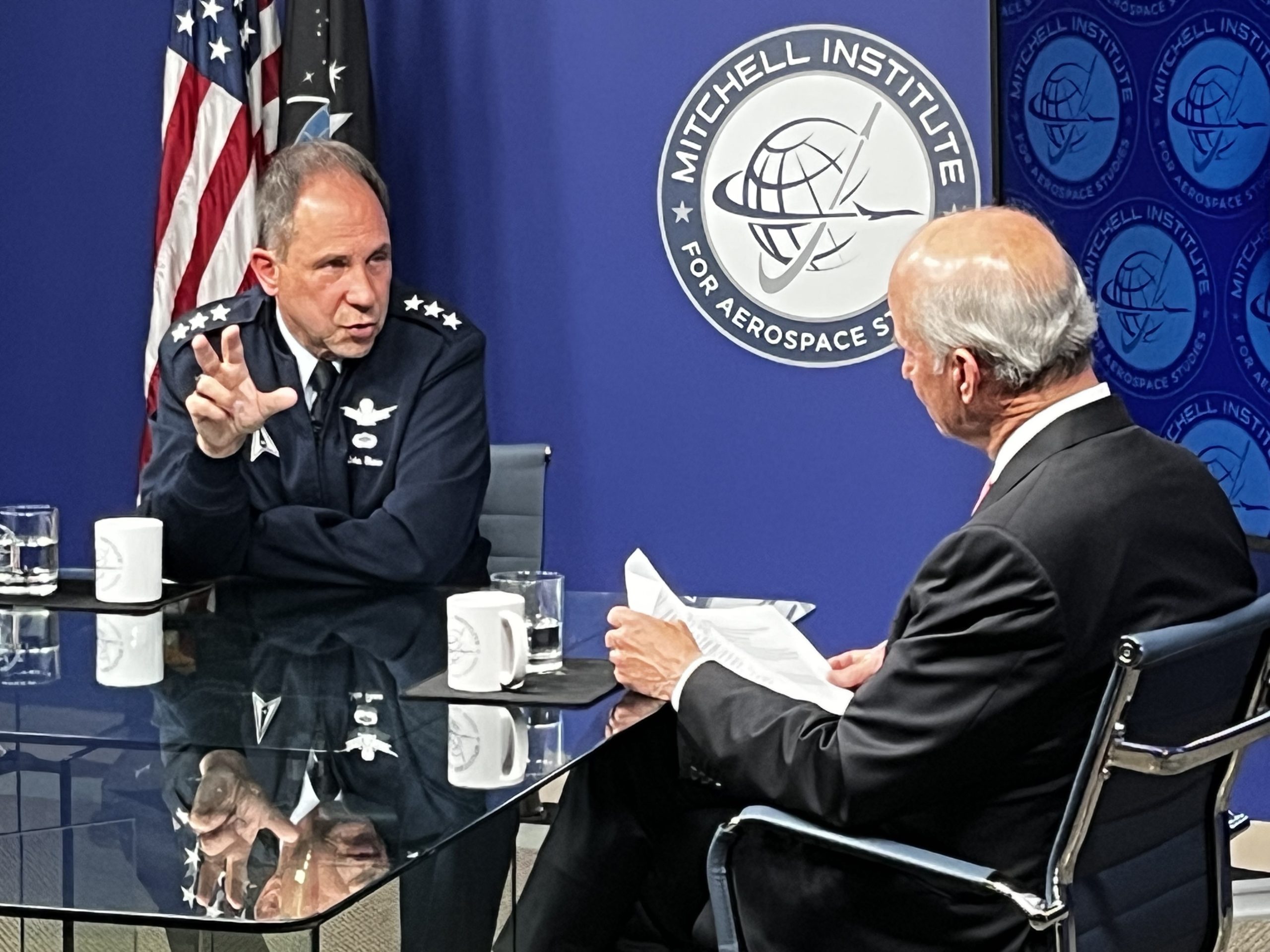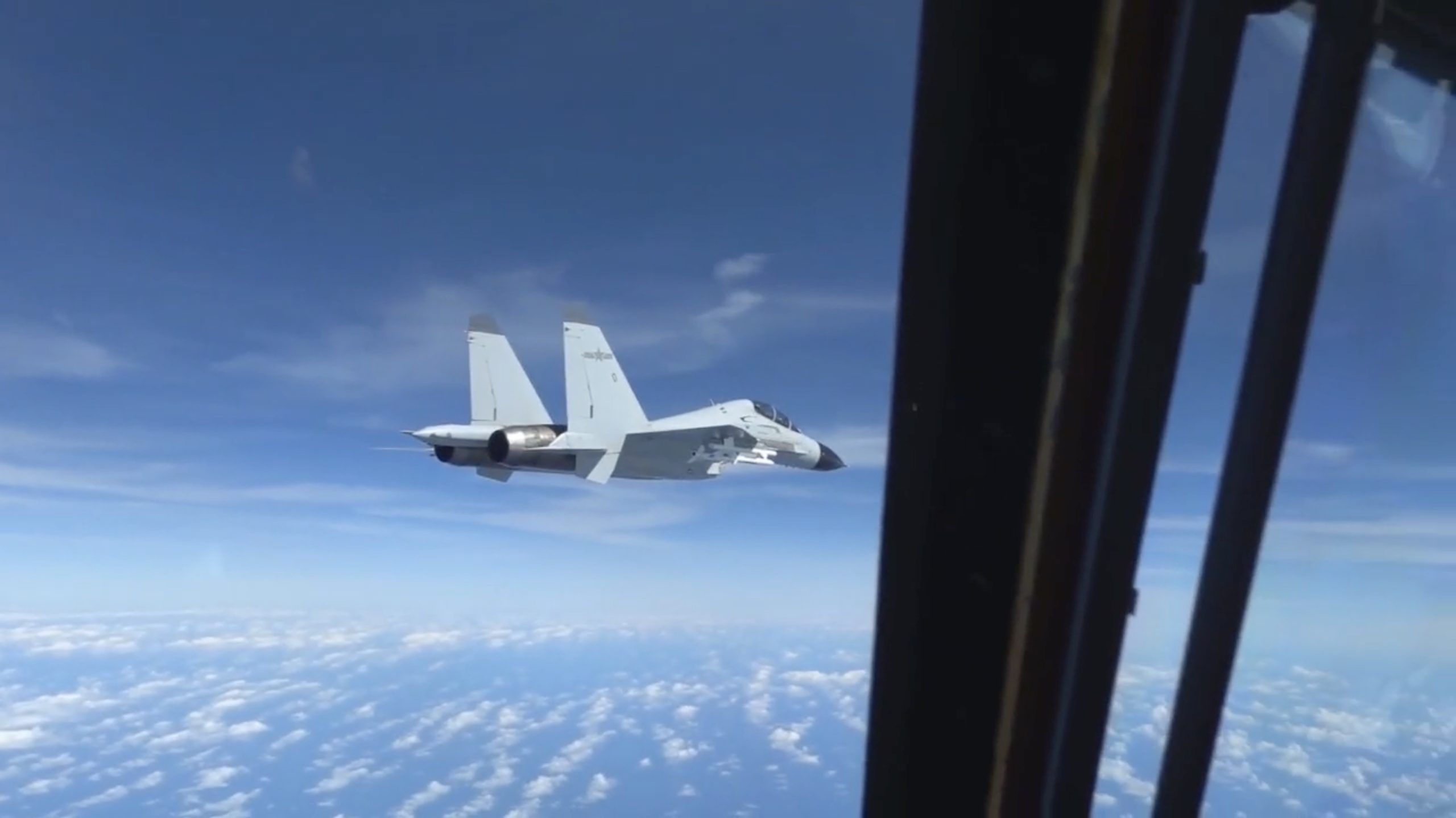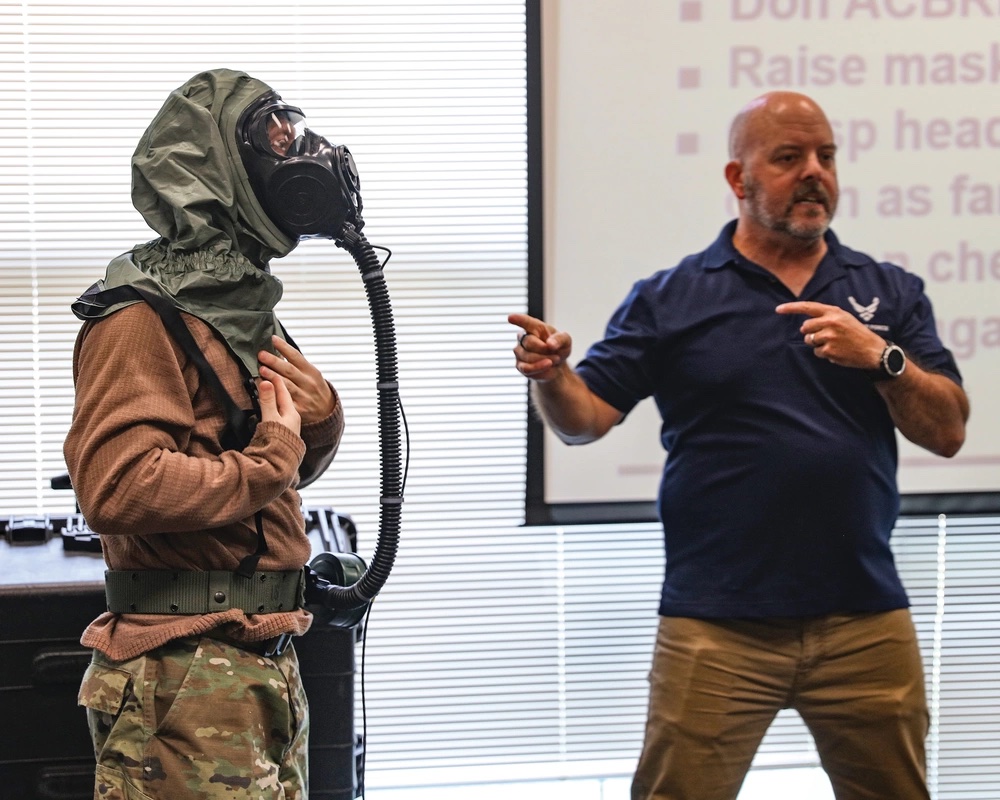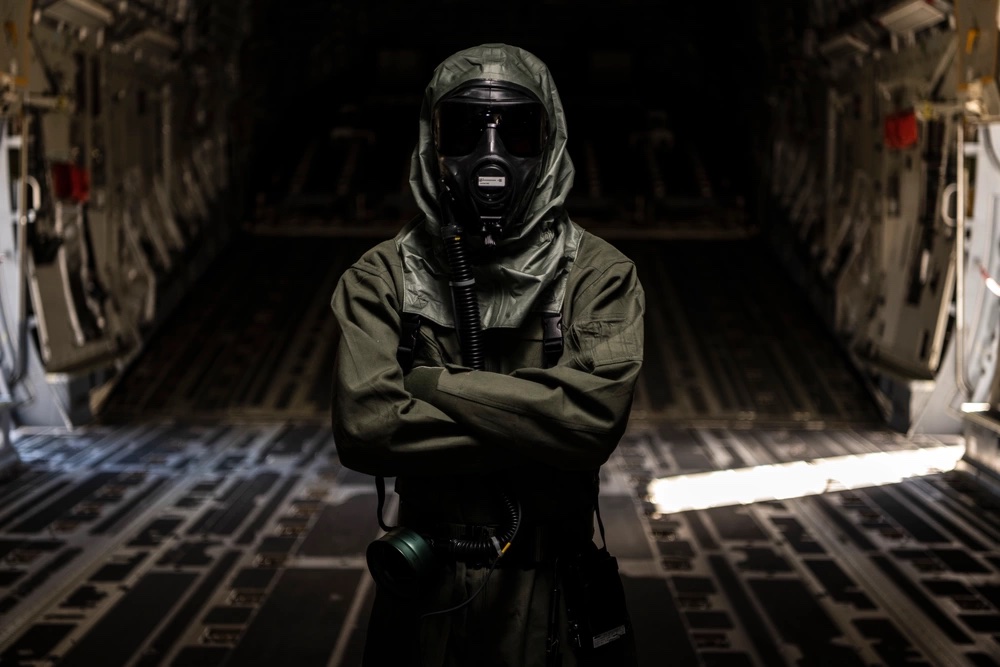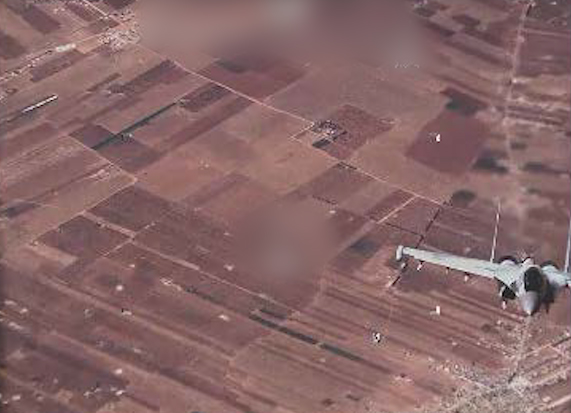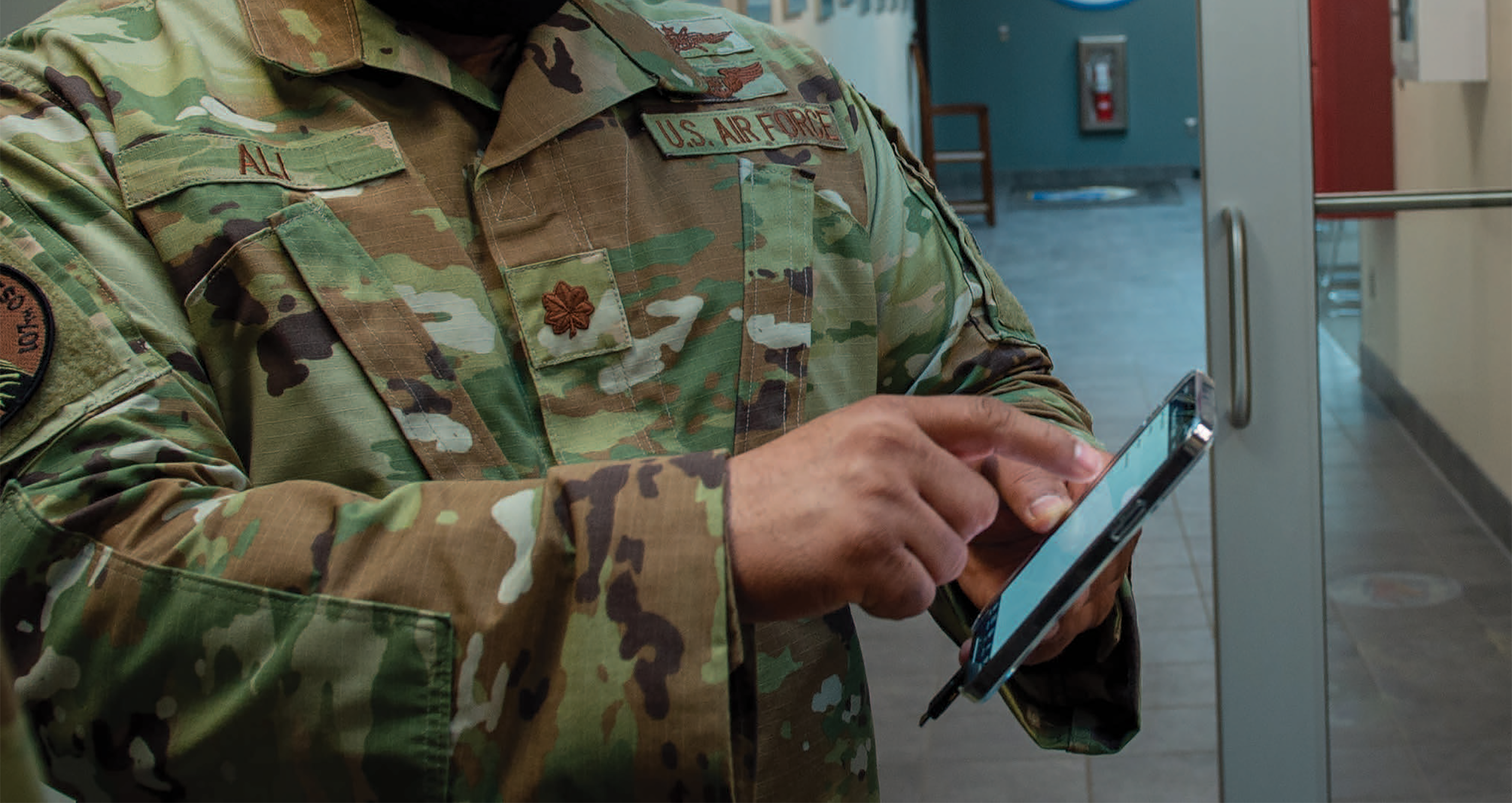Ahead of a major NATO summit in Vilnius, Lithuania, July 11-12, official statistics show a significant uptick in defense spending among allied members.
Despite that progress, the challenge of achieving the alliance’s spending targets will remain. The U.S. ambassador to NATO said on July 7 as the alliance is set to approve a range of defense plans “that will ensure we can literally defend every inch of NATO territory.”
According to information released on July 7 by NATO, 10 of 31 alliance members are achieving the current goal of spending two percent of their GDP on defense. In 2014, when the goal was first set, only three hit that mark. All members are hitting the objective of spending 20 percent of their defense spending on new equipment.
Twelve countries are spending better than 1.5 percent of GDP on defense, and only one member—Luxembourg—is spending less than one percent. The overall median is 1.87 percent for the alliance. The values for 2023 are estimates based on member reports, NATO said.
In the 16 months since Russia invaded Ukraine, NATO as a whole has also seen an overall eight percent real increase in defense spending above inflation, compared with two percent in 2022. In the same period, overall NATO member spending on equipment leaped from 8.5 percent real growth to 24.9 percent of real growth above inflation.
Julianne Smith, U.S. Ambassador to NATO, told reporters in a July 7 conference call that new, multi-domain regional defense plans that be rolled out in Vilnius. They cover a range of scenarios, including defending the Atlantic and Arctic, protecting central Europe and the Balkans, and defending southern Europe and the Mediterranean and Black Seas.
NATO Secretary General Jens Stoltenberg said the plans represented a major bulking up of the alliance.
“To execute these plans, NATO is putting 300,000 troops on higher readiness, including substantial air and naval combat power,” Stoltenberg told reporters at NATO headquarters in Brussels.
Smith acknowledged that the new plans will need funding for forces and equipment that will support them.
“We’ll be focusing not only on these multi-domain plans, but we will also be focusing on the resourcing that’s needed to execute the plans, and that takes us to the defense investment pledge” of two percent of GDP, which was set in 2014 as a goal for members to reach by 2024.
The goal was set after Russia’s illegal annexation of Crimea from Ukraine, and the alliance members’ spending has been spurred by Russia’s invasion of Ukraine in February 2022.
The summit is expected to produce a follow-on pledge that will set two percent as “an enduring commitment” that will be “a floor, not a ceiling,” Smith said.
Early in the 2010s, NATO also started counting how much members were spending on hardware, as equipment inventories were growing old and many members were spending the bulk of their defense money on pay and amenities rather than combat capability.
While in 2014, only seven members were hitting the goal of spending 20 percent of their defense budgets on equipment, in 2023, every member is achieving it, and the median is 27.3 percent for the alliance overall.
NATO’s overall, inflation-adjusted defense spending is also well up. In 2014, NATO was collectively spending $910 billion annually on defense, but in 2023, that figure is $1.1 trillion. While U.S. defense spending has grown from $660 billion to $743 billion during that period, the defense spending of the rest of NATO has increased at a higher pace, from $250 billion in 2014 to $356 billion in 2023. Some of that growth, however, was due to adding three new NATO members since 2017: Macedonia, Montenegro, and Finland.
As a share of its GDP, Poland is the biggest defense spender in NATO, budgeting 3.9 percent in 2023. The U.S. is second, spending 3.49 percent, followed by Greece at 3.01 percent, Estonia at 2.73 percent, and Lithuania at 2.54 percent. Luxembourg, at 0.72 percent, is the smallest spender, followed by Belgium at 1.13 percent, Spain at 1.26 percent, Turkey at 1.31 percent, and Slovenia at 1.35 percent.
The nations seeing the greatest increase in defense spending since 2014 are mainly in Eastern Europe, closest to the fighting in Ukraine, with Lithuania, Finland, Romania, Hungary and Latvia, and Slovakia all seeing a jump from about 1-1.5 percent of GDP to about 2-2.5 percent.
Poland, Finland, Luxembourg, Hungary, Greece, Romania, and Bulgaria are all undertaking the greatest increases in equipment spending, from as little as 1 percent to upwards of 36 percent. Poland’s equipment spending has jumped from about 18 percent of its overall budget to a majority of its defense budget at 52 percent.
In 2023, NATO allies are collectively spending an average of about 40 percent on personnel, 30 percent on operations and maintenance, 20 percent on new equipment—including research and development—and 10 percent on infrastructure, but there are outliers in all those categories. Italy and Spain each spend about 60 percent on personnel; Finland, Hungary, Luxembourg, and Poland all spend about 50 percent on new equipment, while Denmark and the U.K. each spend about 40 percent on operations and maintenance.
By NATO’s account, the U.S. spends 27.8 percent on personnel, 1.6 percent on infrastructure, 41.4 percent on operations and maintenance, and 29.3 percent on new weapons.
Personnel spending quoted for all countries includes pensions.
Smith said the alliance will unveil “a package of concrete deliverables” to Ukraine at the Vilnius summit, “in terms of longer-term practical assistance on things like their military modernization and questions of interoperability,” the alliance announcing a new “NATO-Ukraine Council” defense cooperation pact last month during a meeting of the alliance’s defense chiefs.
